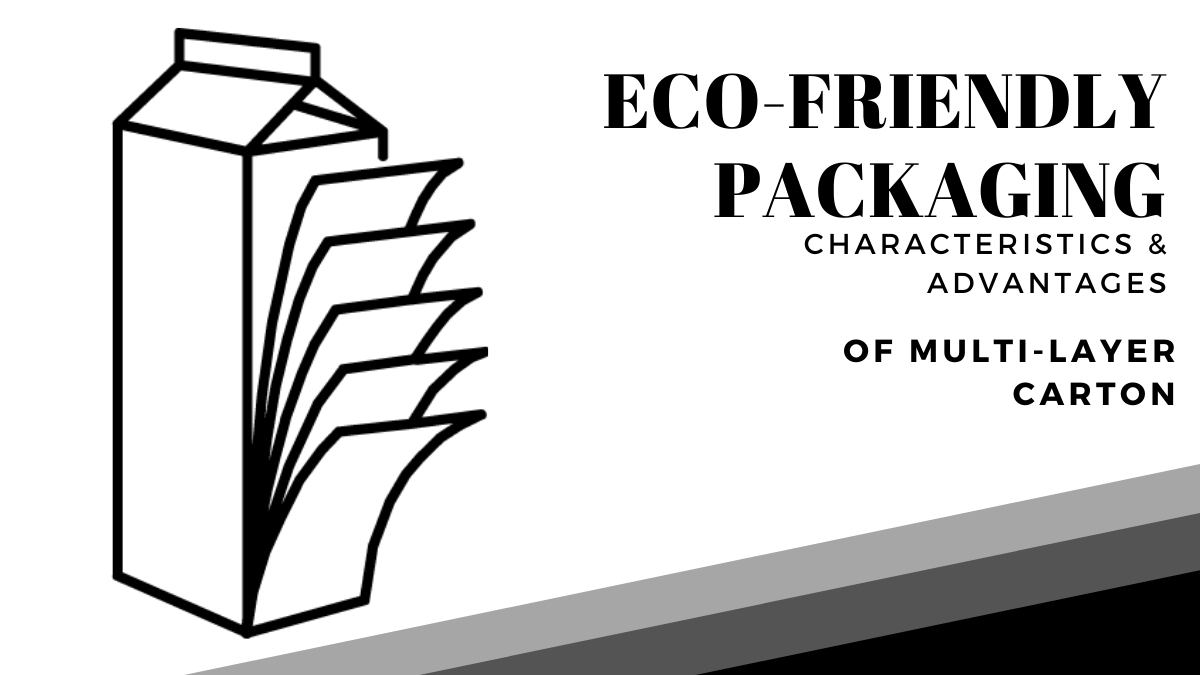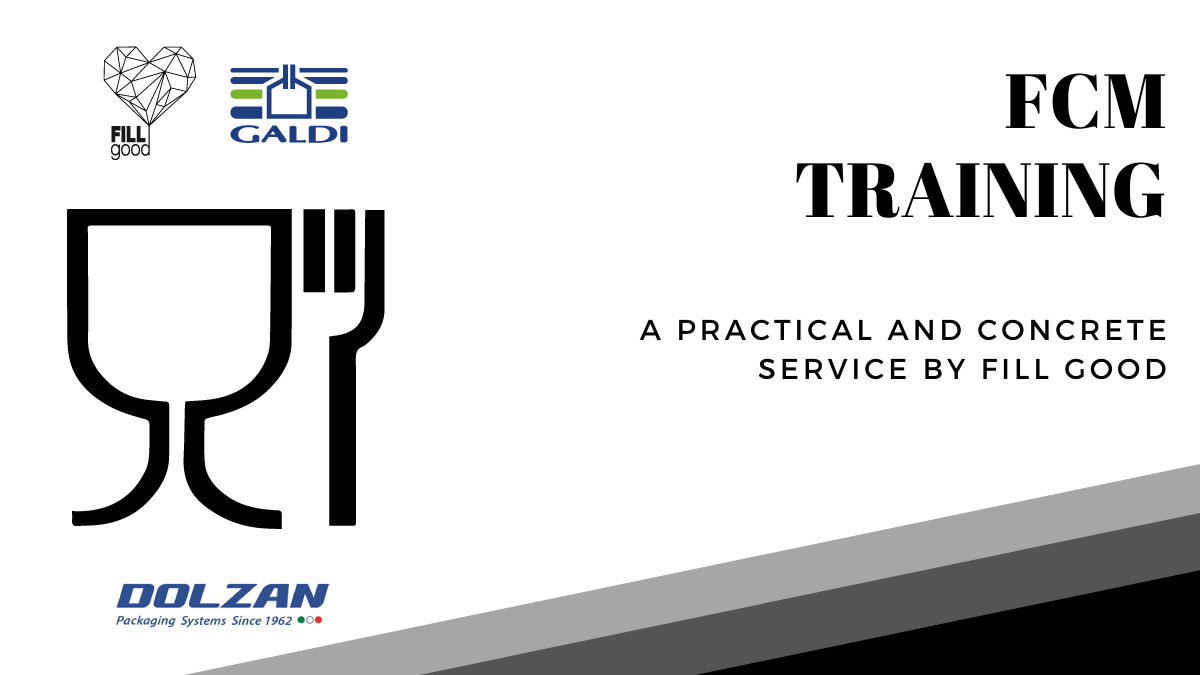ECO-FRIENDLY PACKAGING: CHARACTERISTICS AND ADVANTAGES OF MULTI-LAYER CARTON
18 MARCH 2020

Can multi-layer cartons for food and beverages be considered an eco-friendly form of packaging?
On Global Recycling Day, let’s clarify the real environmental impact of carton food packaging solutions, considering public opinion and real data.
ECO-FRIENDLY PACKAGING: CONSUMER PERCEPTION
Clearly, over the last few years, consumer behaviour towards environmental concerns has changed significantly, enough to affect the agenda of the European Union and to guide the decisions of several food manufacturers regarding sustainable materials, processes and packaging solutions.
According to a Europe-wide research commissioned by Pro Carton, the three most important features when choosing a packaging are:
1. Protection level of food product
2. Ease of recycling
3. Product made of natural, renewable materials
● 75% of consumers say that the environmental impact of a food product's packaging affects their purchasing decision.
● 52% of consumers claim that environmental awareness led them to a change.
● According to consumers, the most environmentally-friendly form of packaging is cartonboard/cardboard (52%), followed by glass (32%).
Among the collected data, here is a very significant one worth mentioning: 90% of European consumers would like to find on product labels more details on how eco-friendly a packaging is. This means that there is a strong interest and that consumer knowledge - and requirements - are increasing.
LIFE CYCLE OF CARTON FOOD PACKAGING
In order to assess the real impact of food packaging made of multi-layer carton, we need to consider the whole life cycle:
● Raw materials – cartons are 75% FSC and PFEC certified paper (a renewable source).
● Production – water consumption is 4 times less compared to that of a PET bottle*.
● Carbon footprint – about half that of a plastic bottle*.
● Waste – carton packaging is 100% recyclable.
* Source: Tetra Pak v plastic water bottles - which is best for the environment? - The Guardian
Multi-layer cardboard is recycled in specialized paper factories, where packaging components - 75% paper, 21% polyethylene, 4% aluminium (if present) - are separated and reused to create other products:
● Cellulose fibres are used for the production of paper products, personal hygiene or household products.
● Polyethylene and aluminium become Ecoallene/AlPe, used to make household accessories and street furniture.
TOWARDS MORE SUSTAINABILITY IN FOOD PACKAGING
Even if, in light of what has been said above, multi-layer carton food packaging could be considered an eco-friendly packaging solution, much can still be done to reduce the environmental impact of carton containers.
Italy is a case in point in this regard. Although public awareness and knowledge regarding separate waste disposal have increased, each municipality has different rules to dispose of cardboard food packaging. As a result, the percentage of material being recycled is still far from optimum levels.
To reduce the environmental footprint of carton containers, a collective effort is needed, involving:
● consumers: to further encourage separate waste collection and proper waste management
● institutions: to harmonise policies on the disposal of cardboard packages
● paper mills: increasing the number of factories specialised in the recycling of multi-layer carton
● food product packaging manufacturers: to develop eco-friendly solutions - like bio-based caps, products made of materials from renewable sources, alternative to oil - while maintaining the protection and food safety standards guaranteed by traditional packaging.
